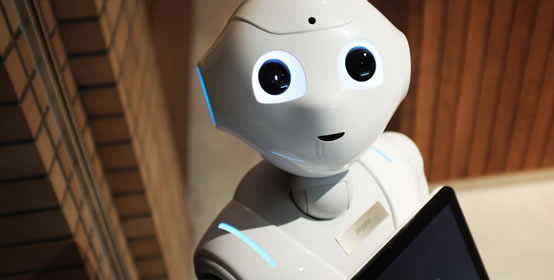
Technology continues to evolve and progress at a rapid pace. The newest innovations benefit industries like the military, space, healthcare, and transportation that otherwise would remain stagnant and unchallenged.
While some of the most innovative inventions have yet to be released onto the market, their very creation indicates that the world in which we live today could be on cusp of remarkable changes.
The following breakthrough technologies are just a few of the inventions that could soon revolutionize the manner in which people live.
Scientists at Cambridge University in the U.K. recently perfected the creation of artificial mouse embryos using only stem cells. These embryos did not require the use of a sperm or egg in their creation. Instead, scientists used stem cells taken from existing mouse embryos to create new ones in petri dishes.
This technological breakthrough is revolutionary because it opens the possibility of human embryos being created from adult or embryonic stem cells. Scientists would no longer require human sperm or eggs to make human embryos.
As remarkable as this technology is, it also opens up the question of whether or not it is moral or ethical to create artificial human embryos. Naysayers argue that the embryos might experience pain or distress during their creation and growth in petri dishes. They say that it would be unethical to inflict this kind of stress on unborn humans.
However, scientists behind the invention of artificial embryos argue that this technology could allow researchers to learn more about human fetal development. The information gleaned from this technological breakthrough could benefit medicine and the manner in which pregnant women and pre-born children are medically treated.
Another invention on the verge of being released to the public is the three-dimensional hologenic display, also known as the Looking Glass. This technological breakthrough is a heavy glass box that measures eight to 15 inches. It creates realistic three-dimensional content that looks sharp and fluid from all angles.
The Looking Glass also makes the content that it generates look as if it is floating in thin air. While not available yet to the public, this invention could change the way that people research, create, and enjoy online content. It could take the place of devices like smartphones and laptop computers and instead allow people to view content as it appears in real-life rather than on a two-dimensional computer screen.
Thanks to genetic research companies like 23 and Me and Ancestry DNA, scientists now know much more about about how human genetics and DNA predict people's medical outcomes in life. The science gleaned from these genetic studies have afforded scientists the ability to predict with variable success whether or not people could develop or suffer from certain health conditions like diabetes, heart disease, and high blood pressure.
Within a matter of years, babies could be given their own genetic report cards at birth, allowing parents to know if their children have the biological markers that could lead to tobacco or alcohol addiction, challenging behaviors, or certain mental health conditions. The report cards could allow parents to be proactive in their children's healthcare and take the necessary measures to prevent the onset of diseases and behaviors in their offspring.
Three-dimensional printing is nothing new to the public. However, the advent of metal 3D printing is a technological breakthrough that could soon benefit industries like transportation and travel.
Right now, three-dimensional metal printing is time consuming and expensive. The technology being perfected currently could make it faster and more cost effective. Once it is perfected, it could lead to the creation of parts and products needed to keep vehicles on the road, planes in the air, and trains on their tracks. Parts manufacturers could mass produce inventory and reduce the costs associated with parts repairs and replacements.
These technological breakthroughs demonstrate the rapid pace at which technology is evolving today. They could transform the way that people live and the manner in which the modern world functions.